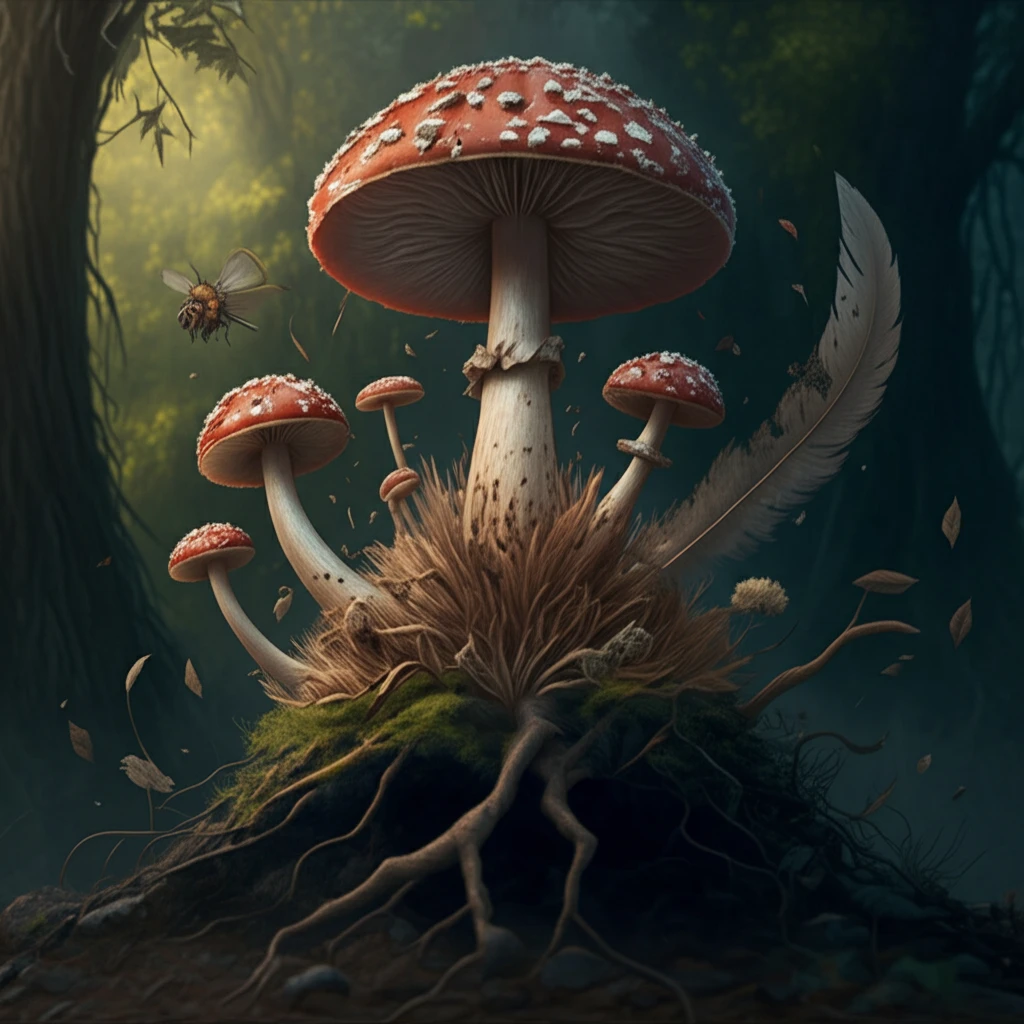
Feathers to Fuel: How Fungi Can Solve the Poultry Waste Crisis
"Turning Chicken Waste into Sustainable Solutions: A Deep Dive into Fungal Bioremediation"
Imagine mountains of chicken feathers, a byproduct of our massive appetite for poultry, piling up and polluting the environment. Every year, poultry processing plants generate thousands of tons of this waste, creating a significant disposal challenge. These feathers, composed mainly of a tough protein called keratin, resist breakdown by common enzymes, making them difficult to recycle or dispose of sustainably.
But what if there was a natural, eco-friendly way to tackle this waste problem? Scientists have been exploring the potential of keratinolytic microorganisms, specifically certain types of fungi, to degrade chicken feathers. These fungi possess the unique ability to break down keratin, unlocking the potential to transform feather waste into valuable resources.
This article delves into a groundbreaking study that identifies several fungal species capable of effectively degrading chicken feathers. We'll explore how these fungi work, the valuable byproducts they produce, and the exciting possibilities for using them to create a more sustainable future for the poultry industry and beyond.
The Feather-Busting Fungi: How They Work?

Researchers collected chicken feathers from a poultry farm and used a technique called "feather baiting" to isolate fungi that could break them down. This involved placing the feathers in a nutrient-rich medium and observing which fungi thrived on them. Through careful analysis using Lacto phenol cotton blue staining, they identified six prominent fungal species:
- Trichoderma
- Gliocladium
- Fusarium
- Syncephalastrum
- Mucor
- Aspergillus Flavus
The Future is Fungal: Applications and Potential
The ability of these fungi to efficiently degrade keratin opens up a range of exciting possibilities. Imagine a future where chicken feather waste is no longer a burden but a valuable resource. These fungi could be used to produce:
